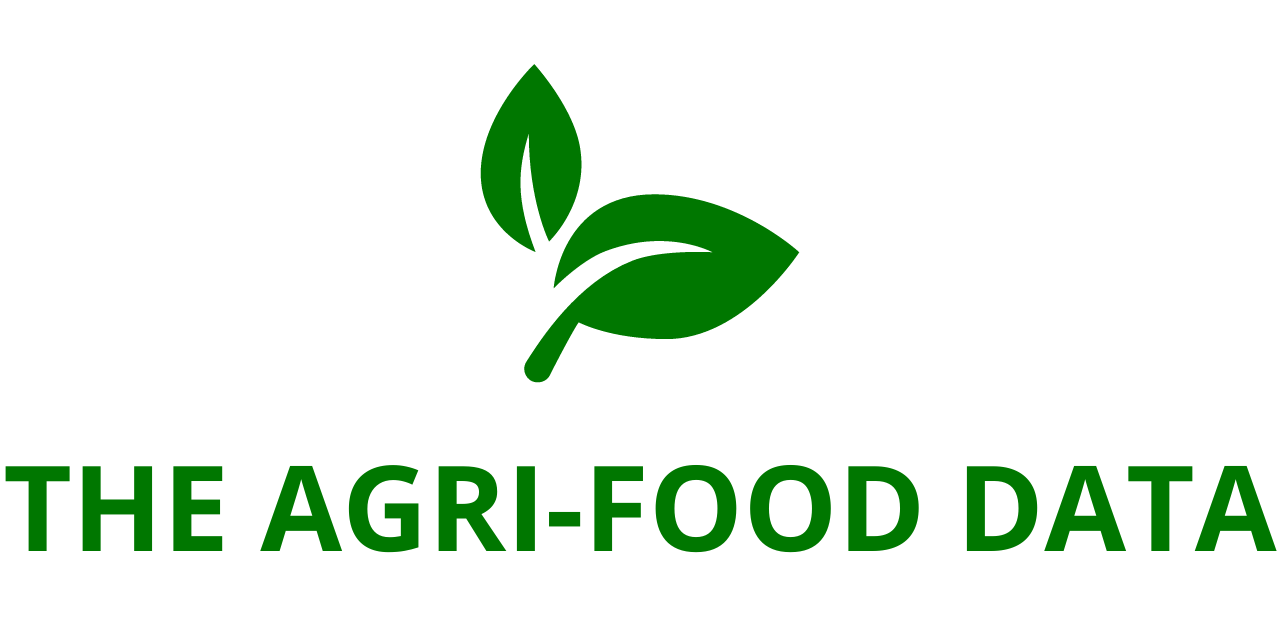
The latest addition to ResearchAndMarkets.com’s portfolio, “Packaged Rice Noodles Market – Global Forecast 2025–2030,” presents a comprehensive and forward-looking assessment of one of the fastest-growing categories within the broader convenience and ethnic foods sector. The packaged rice noodles market continues to build on its strong global momentum, registering an increase from USD 2.41 billion in 2024 to USD 2.56 billion in 2025, and is projected to reach USD 3.48 billion by 2030, reflecting a robust 6.31% CAGR. Both volume and value expansion are expected as manufacturers, distributors, and brands adopt innovative strategies that reshape category boundaries.
Rising consumer interest in clean labels, gluten-free alternatives, and multicultural cuisines—coupled with the rapid expansion of e-commerce and the evolution of foodservice formats—continues to strengthen the demand base for packaged rice noodles. The report provides stakeholders with an in-depth framework for making informed decisions in an increasingly complex and interconnected market landscape.
Market Scope and Strategic Segmentation
This report delivers a complete assessment of the packaged rice noodles category, breaking down the market into core components that define growth direction, competitive positioning, and investment potential. By examining product types, ingredients, formats, distribution channels, and regional coverage, the analysis equips decision-makers with high-resolution insights aligned with shifting consumer and industry priorities.
Ingredient Types: Catering to Health and Dietary Diversity
Rice noodles have become an essential product for consumers seeking healthier, allergen-friendly, and nutritionally enhanced alternatives. Key ingredient categories include:
- Fortified noodles, offering added micronutrients and functional benefits.
- Gluten-free noodles, catering to individuals with gluten sensitivities and those seeking anti-inflammatory diets.
- Traditional plain rice noodles, valued for their culinary versatility in Asian and fusion cuisines.
This segmentation allows brands to target specific demographics—from health-focused consumers to mainstream buyers seeking convenient yet authentic meal solutions.
Product Forms: Serving Varied Consumption Behaviors
Manufacturers continue to diversify product forms to align with modern lifestyles:
- Cooked formats (frozen, refrigerated, and ready-to-eat) are increasingly adopted by foodservice operators seeking quick preparation and consistent quality.
- Dry formats remain the dominant retail choice due to ease of storage, longer shelf life, and cost efficiency.
The coexistence of both forms reflects evolving preferences across home cooks, restaurant operators, and institutional buyers.
End-User Segments: Foodservice and Retail Dynamics
Demand is driven by two primary customer groups:
- Foodservice operators, including restaurants, cafés, and catering companies relying on rice noodles for Asian, fusion, and plant-forward menu innovations.
- Retail consumers, who increasingly turn to single-serve, ready-to-cook, and premium imported variants as global flavors rise in popularity.
The foodservice sector remains a major growth engine, particularly in North America and Europe, where consumers seek bold, authentic flavors inspired by Thai, Vietnamese, and regional Chinese cuisines.
Packaging Types: Enhancing Shelf Appeal and Functional Value
Packaging strategies play a critical role in value chain optimization. Major formats include:
- Bags such as stand-up pouches and vacuum packs for dry noodles.
- Boxes, ideal for premium or organic variants.
- Cups, widely used for instant and portable meal solutions.
The shift toward convenient, environmentally conscious packaging continues to influence brand differentiation and channel penetration.
Product Types: Innovations Driving Market Expansion
The category is evolving beyond traditional offerings. Key product types include:
- Instant rice noodles (flavored and unflavored), catering to quick-meal buyers.
- Organic certified and non-certified noodles, addressing the rising demand for clean-label products.
- Traditional brown and white rice noodles, the cornerstone of regional cuisines worldwide.
Premiumization—through organic certifications, artisanal methods, specialty flavors, and imported ingredients—is expected to remain a significant growth driver.

Distribution Channels: Omnichannel Strategies Gain Traction
The market is increasingly shaped by diversified routes to market:
- Supermarkets and hypermarkets remain essential for mass-market retail distribution.
- Convenience stores cater to impulse and on-the-go purchases.
- Online channels, including brand websites and major e-commerce platforms, continue to experience the fastest growth, accelerated by post-pandemic buying habits and rising digital adoption.
Pricing Tiers: Targeted Positioning Across Consumer Segments
The packaged rice noodles market serves a broad range of price-sensitive and premium-seeking consumers:
- Economy tiers, including value packs and bulk offerings.
- Mid-tier branded and private label variants, balancing price and quality.
- Premium offerings, such as gourmet, imported, or organic rice noodles.
This multi-tier structure helps manufacturers penetrate diverse geographies and consumer groups.
Regional Market Highlights
The report offers detailed analysis across major regions:
- Asia-Pacific remains the dominant market, supported by traditional consumption and rapid modernization of retail channels.
- North America continues to grow as multicultural foods and plant-based diets gain broader acceptance.
- Europe, Middle East & Africa experience rising uptake driven by tourism influences, health trends, and expanding ethnic food categories.
- Latin America shows emerging opportunities, particularly among younger consumers open to global cuisine experimentation.
Each region requires localized branding, compliant supply chains, and tailored product assortments based on culinary traditions and affordability.
Competitive Landscape and Leading Companies
The report highlights global and regional leaders shaping category evolution, including:
- PT Indofood CBP Sukses Makmur Tbk
- Thai President Foods Public Company Limited
- Nestlé S.A.
- Unilever PLC
- Nissin Foods Holdings Co., Ltd.
- Additional regional manufacturers offering niche and artisanal varieties
Growth strategies among these companies include expanding production capacity, launching fortified and functional products, strengthening digital marketing, and forming collaborative partnerships to accelerate innovation.
Tariff Adjustments: Impact of U.S. 2025 Policy Changes
U.S. tariff adjustments for 2025 have introduced significant shifts across international rice noodle supply chains. As import-dependent retailers face higher input costs, companies are reassessing sourcing strategies, considering suppliers beyond traditional Asian production hubs, and recalibrating pricing structures. Many U.S. retailers are increasing private label offerings to sustain value options for consumers navigating inflationary pressures.
Why This Report Matters
This report is an essential tool for stakeholders looking to strengthen their competitive position. It:
- Provides segmented insights for strategic planning in ingredient sourcing, product development, and distribution.
- Supports procurement, logistics, and supply chain decision-making amid trade and regulatory changes.
- Benchmarks best practices from leading manufacturers and innovators.
- Helps investors identify opportunities in high-growth regions and emerging product categories.
Source Link:https://www.businesswire.com/





